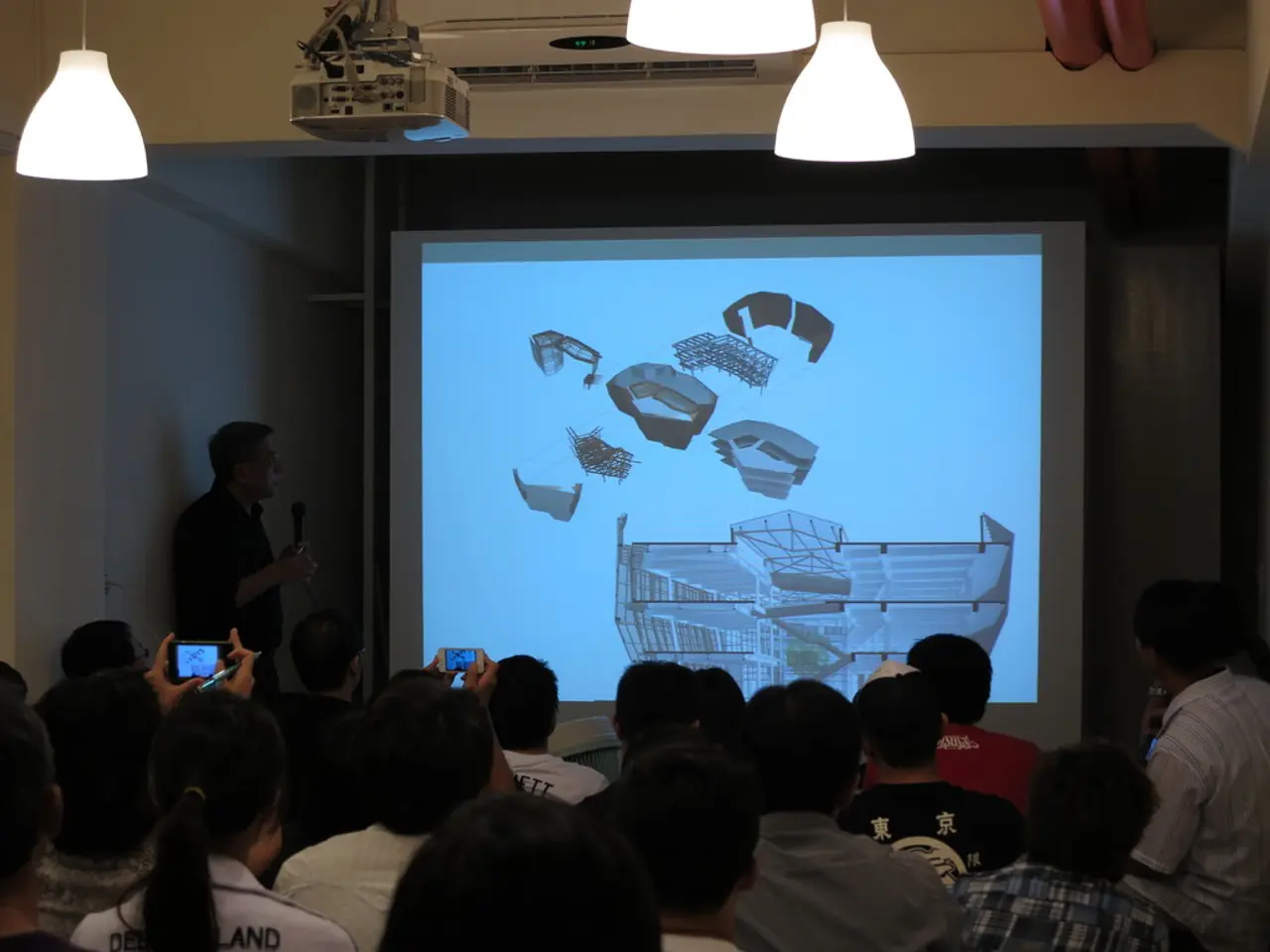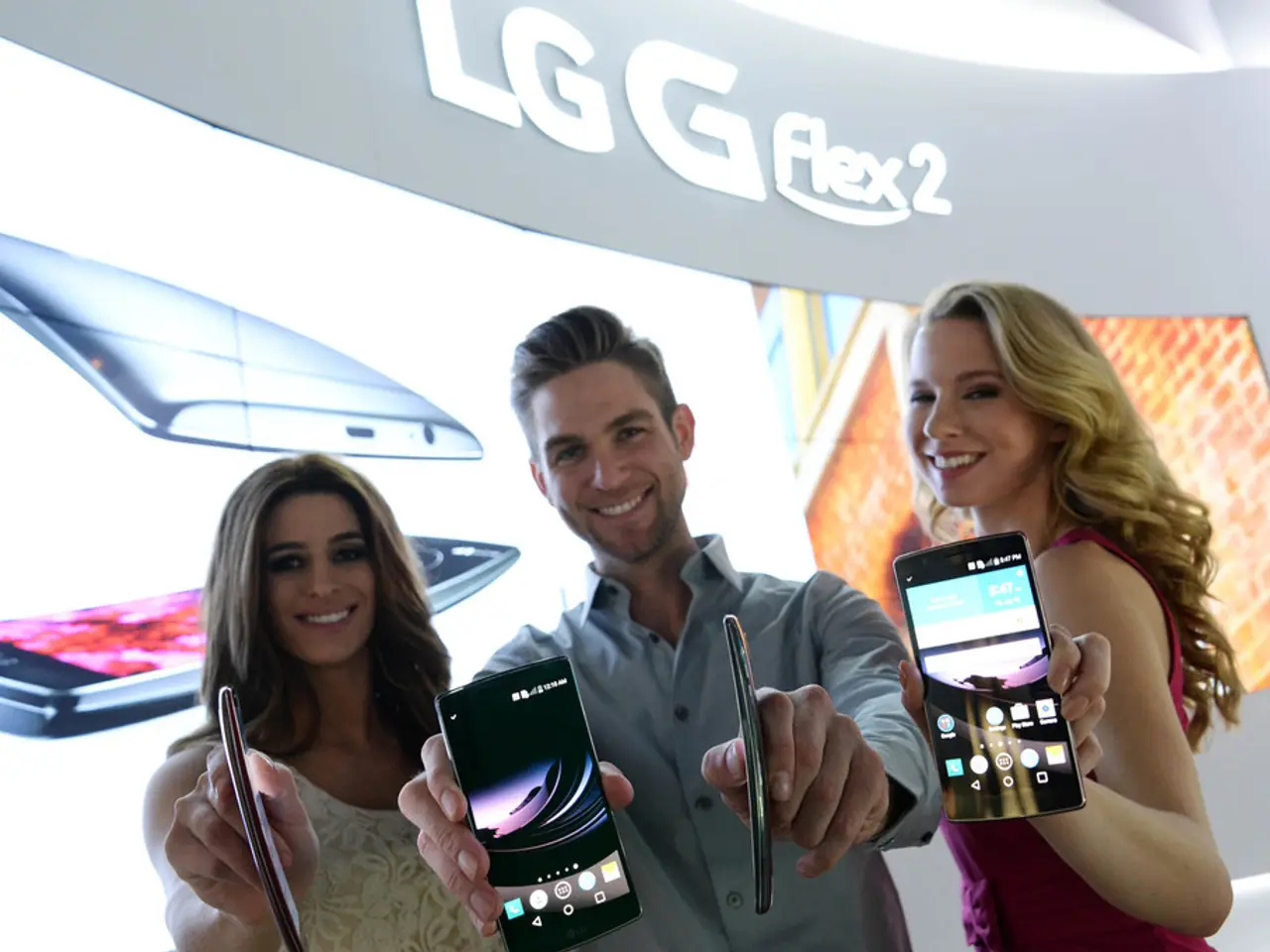Revealing the Enchantment: The Insight into Movie Theaters' Display of Silver Screen Illusions
In the realm of entertainment, the movie theatre remains a beloved institution, offering an immersive experience like no other. This article delves into the intricate world of digital cinema projection, exploring the cutting-edge technology that brings films to life on the big screen.
**Digital Cinema Package (DCP) Preparation and Delivery**
The journey begins with the Digital Cinema Package (DCP), a specialized digital file containing compressed video and audio. Typically stored on a hard drive or flash drive, DCPs use the JPEG 2000 codec for video compression and are delivered to the theatre for upload into the projector's internal storage system. The DCPs are formatted with standardized colour spaces and frame rates, usually at 24p or 25p, and the aspect ratios are commonly "Flat" (1.85:1) or "Scope" (2.39:1), ensuring proper display on the screen.
**Digital Cinema Projector Technology**
Modern theatres employ advanced digital cinema projectors, such as the Christie CP4440-RGB or equivalent models from Barco, Panasonic, or others. These projectors utilize laser-based illumination systems, delivering high brightness, true-to-life 4K resolution, and ultra-fast processing speeds. They support high frame rates (up to 120 fps), reducing motion blur and artifacts, enhancing hyper-realism for large format screens. Projectors feature sealed optics to prevent dust ingress and have long-lasting light sources, ensuring optimal performance for up to 50,000 hours.
**The Projection Process**
The digital projector reads the DCP, decodes the JPEG 2000 video stream, and processes the data in real-time to ensure smooth playback without artifacts. Utilizing powerful light sources, the projector shines the image onto the cinema screen, with the screen surface designed to reflect the projector's light to the audience in a way that maximizes colour accuracy, brightness, and contrast.
**The Future of Cinema Projection**
As technology advances, virtual reality (VR) and augmented reality (AR) technologies are beginning to be used in movie theatres, offering a level of immersion and interactivity not possible with traditional cinema projection. Laser projection is rapidly becoming the standard for high-end movie theatres due to its superior brightness, colour gamut, and lifespan. As the cost of laser projection technology decreases, it is expected to become more widely adopted in smaller and independent cinemas.
The process of projecting digital movies in a theatre involves several key steps, from the DCP to the large screen display via advanced digital projectors. The human element, including projectionists and theatre staff, plays an essential role in ensuring a smooth moviegoing experience. The Theatre Management System (TMS) acts as the central nervous system of the cinema, controlling everything from scheduling showtimes to managing the playback of movies.
In summary, the movie file (DCP) is digitally ingested by the theatre's projection system, decoded, and displayed using highly sophisticated laser or lamp-based digital cinema projectors that deliver high-resolution, high-frame-rate images to the large cinema screen, providing a bright, colourful, and immersive viewing experience for the audience. The future of cinema projection is bright, with ongoing innovation and immersion expected as technology continues to advance.
Technology's presence extends beyond the realm of science and has made significant strides in the entertainment industry, revolutionizing cinema projection. Advancements in digital cinema projectors, such as the Christie CP4440-RGB, have enabled high-quality projections with true-to-life 4K resolution, thanks to technology like laser-based illumination systems. Meanwhile, in the world of entertainment, virtual reality (VR) and augmented reality (AR) technologies are starting to enhance the moviegoing experience, offering a novel level of immersion and interactivity.



